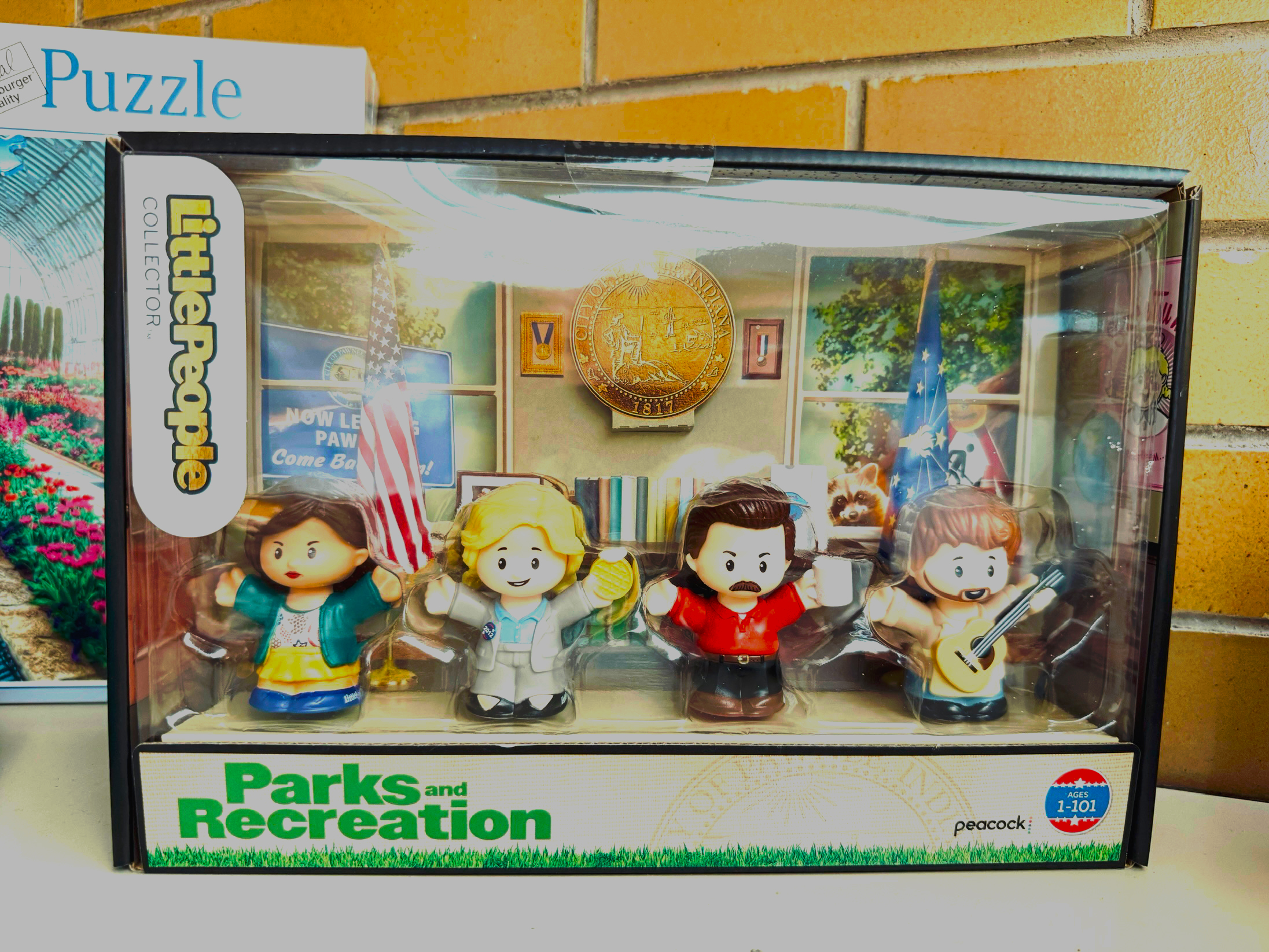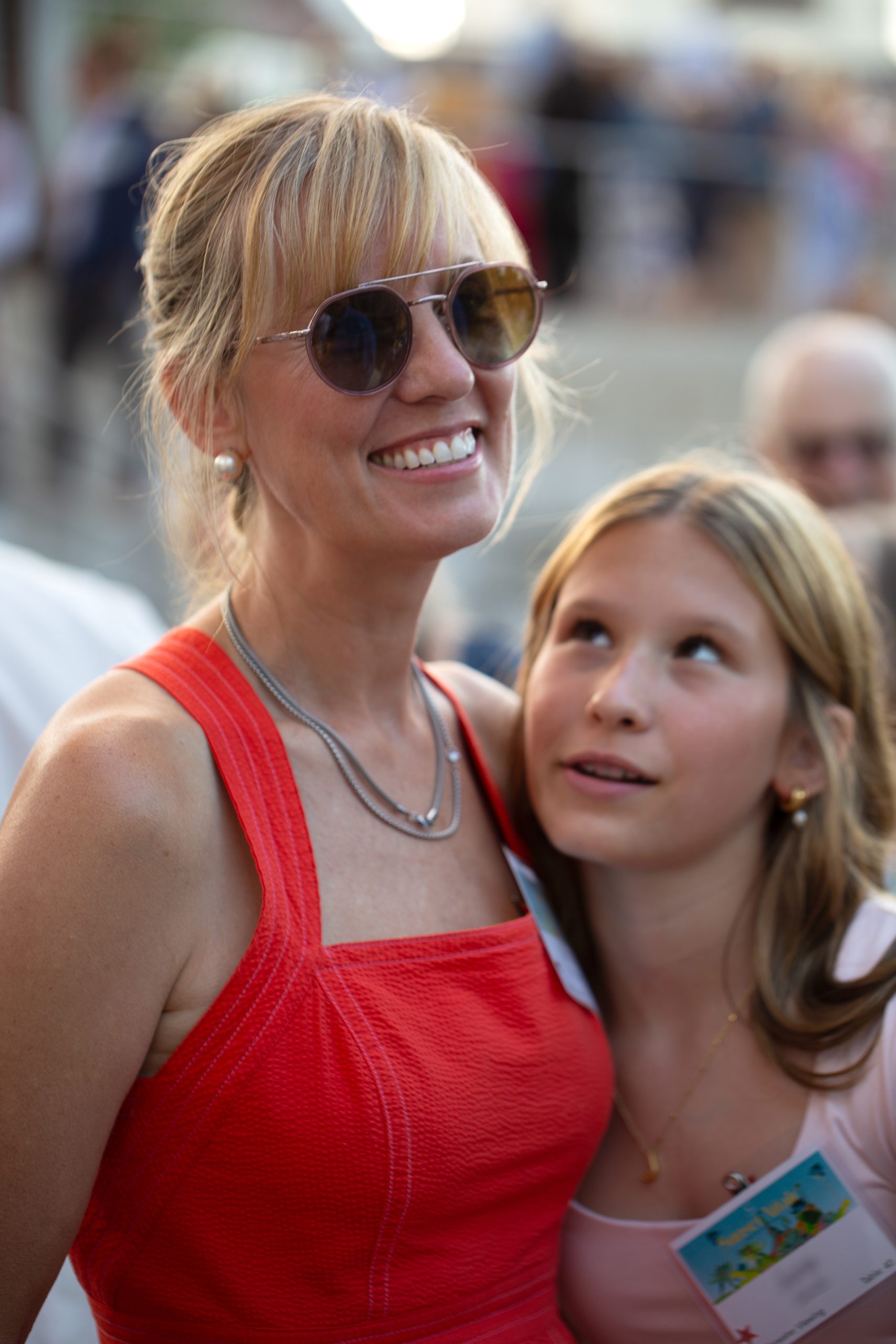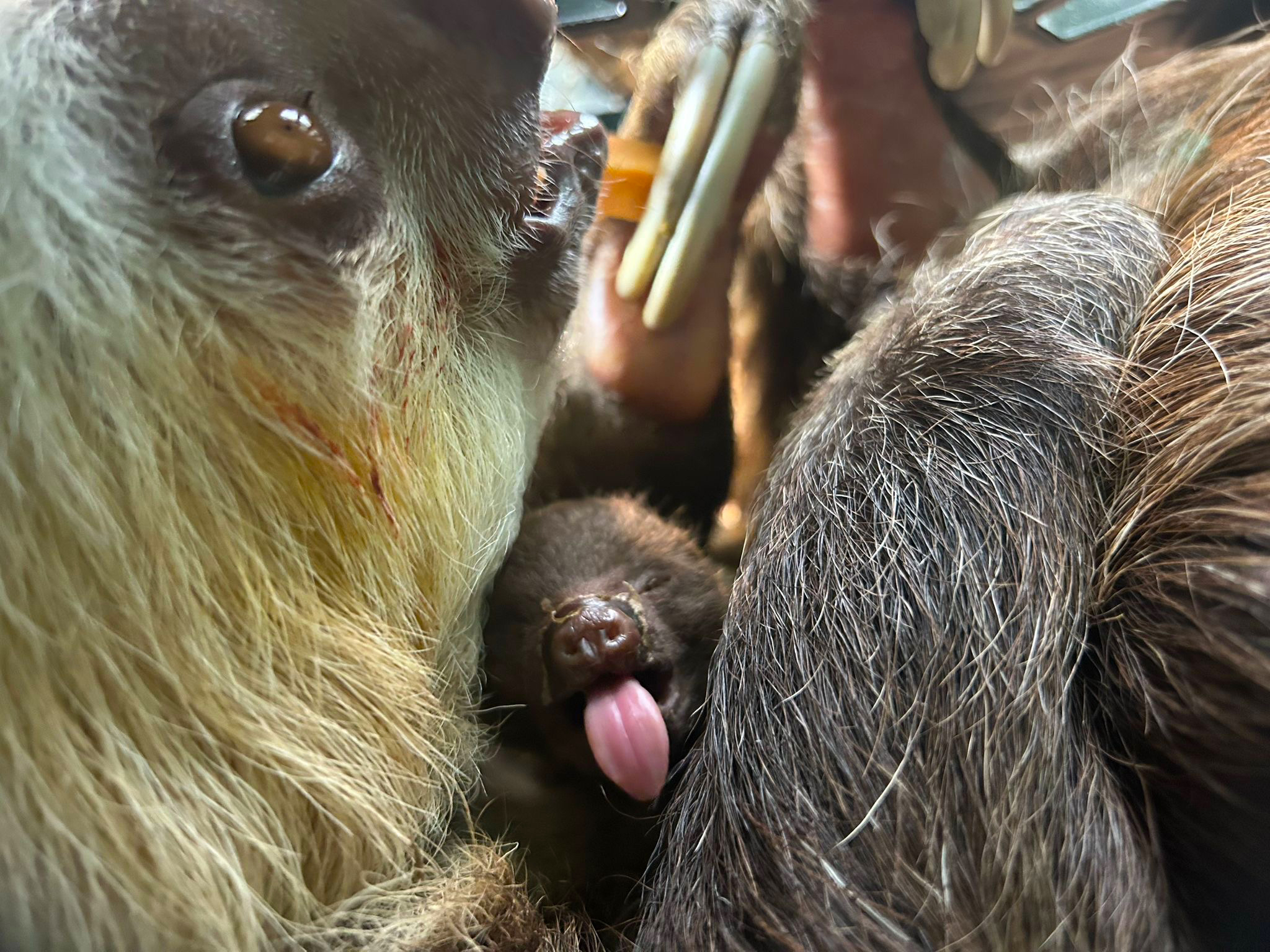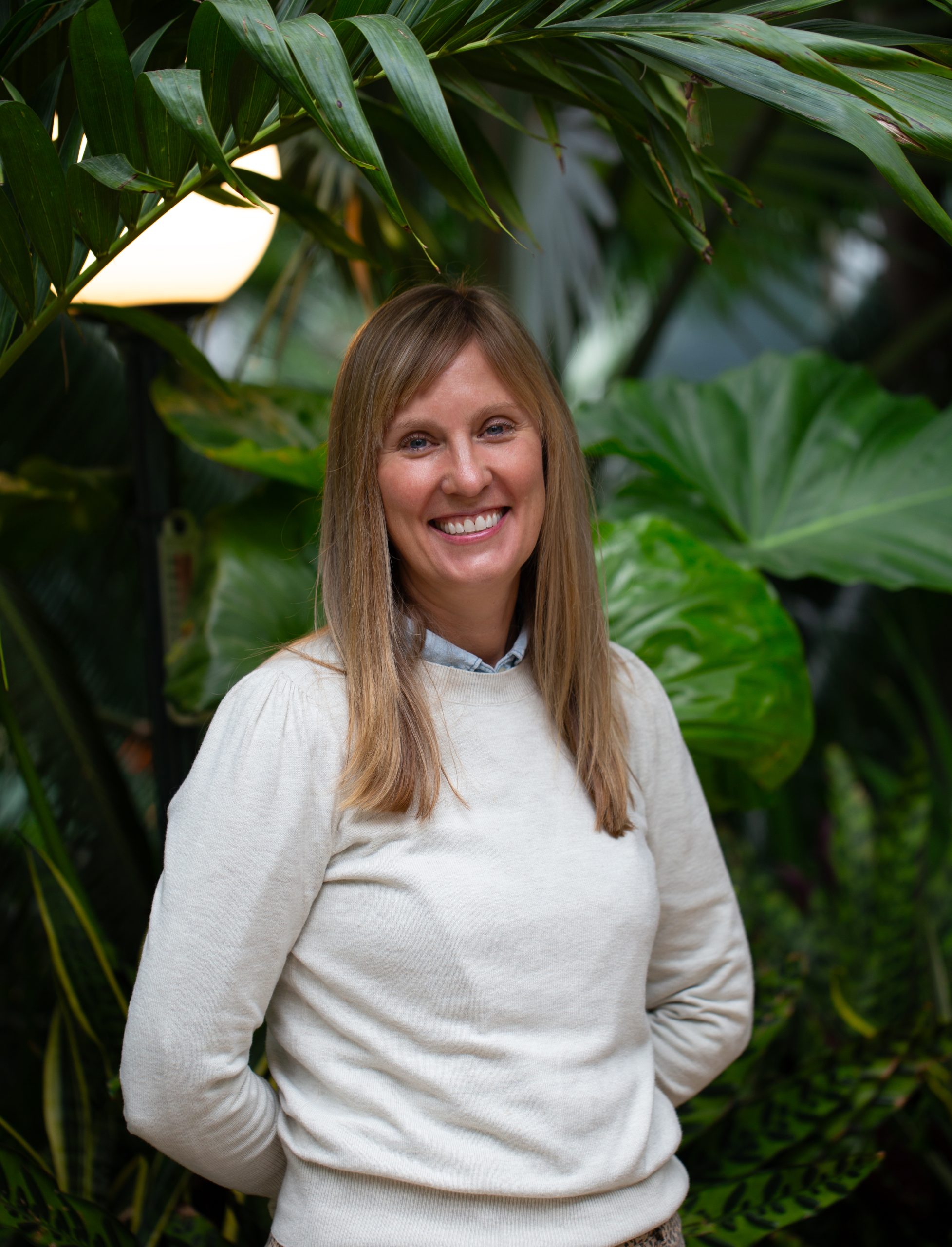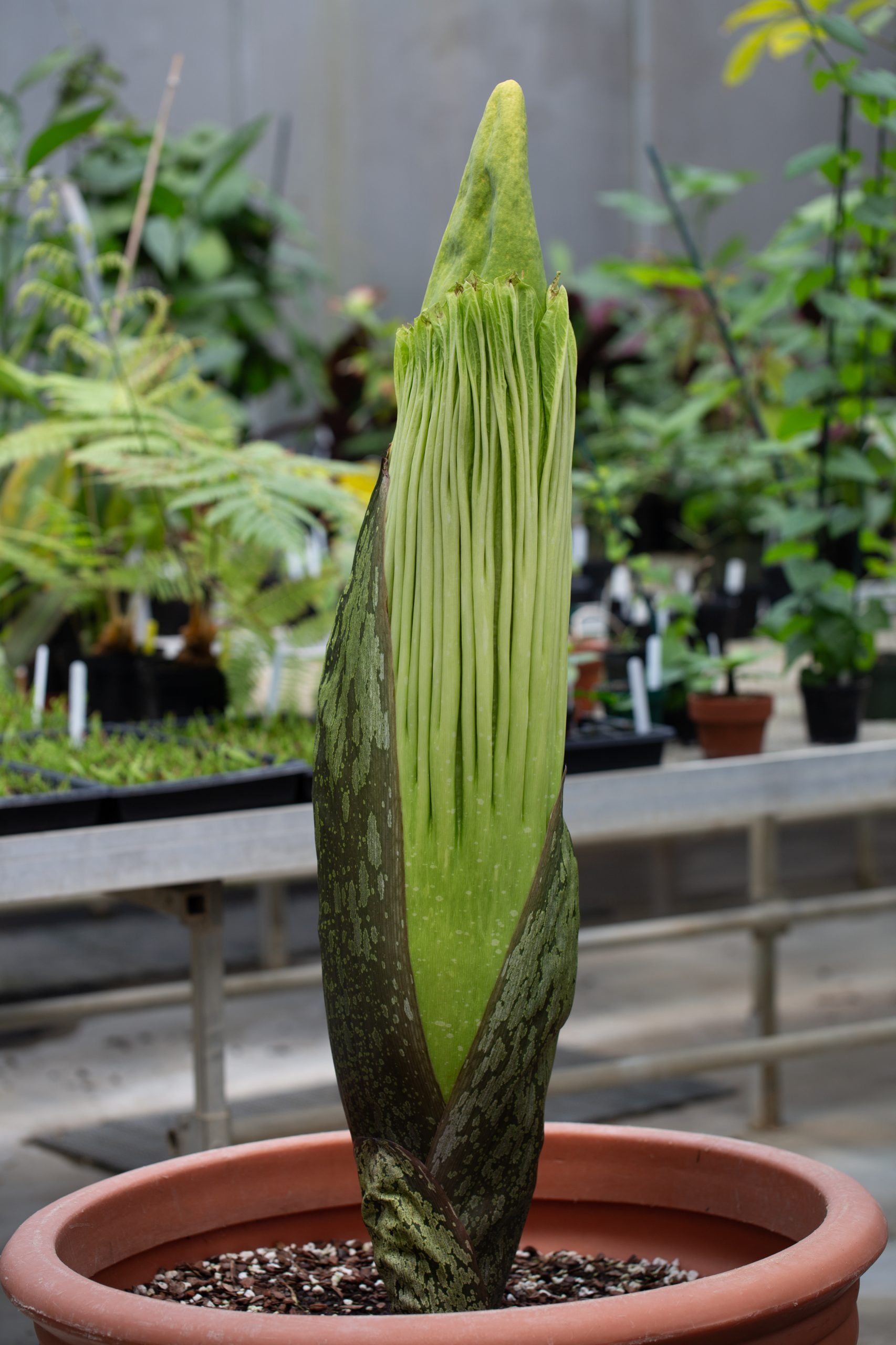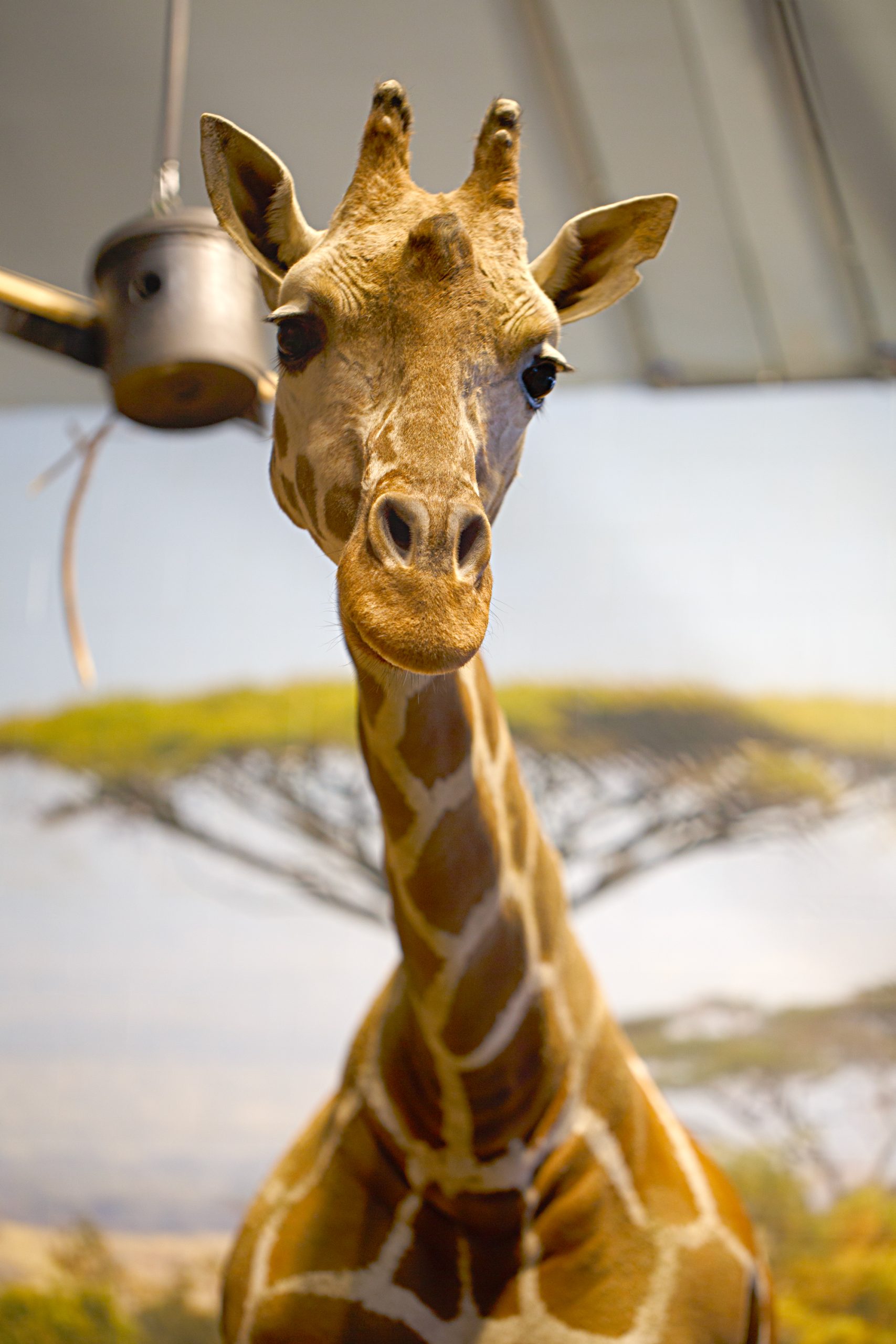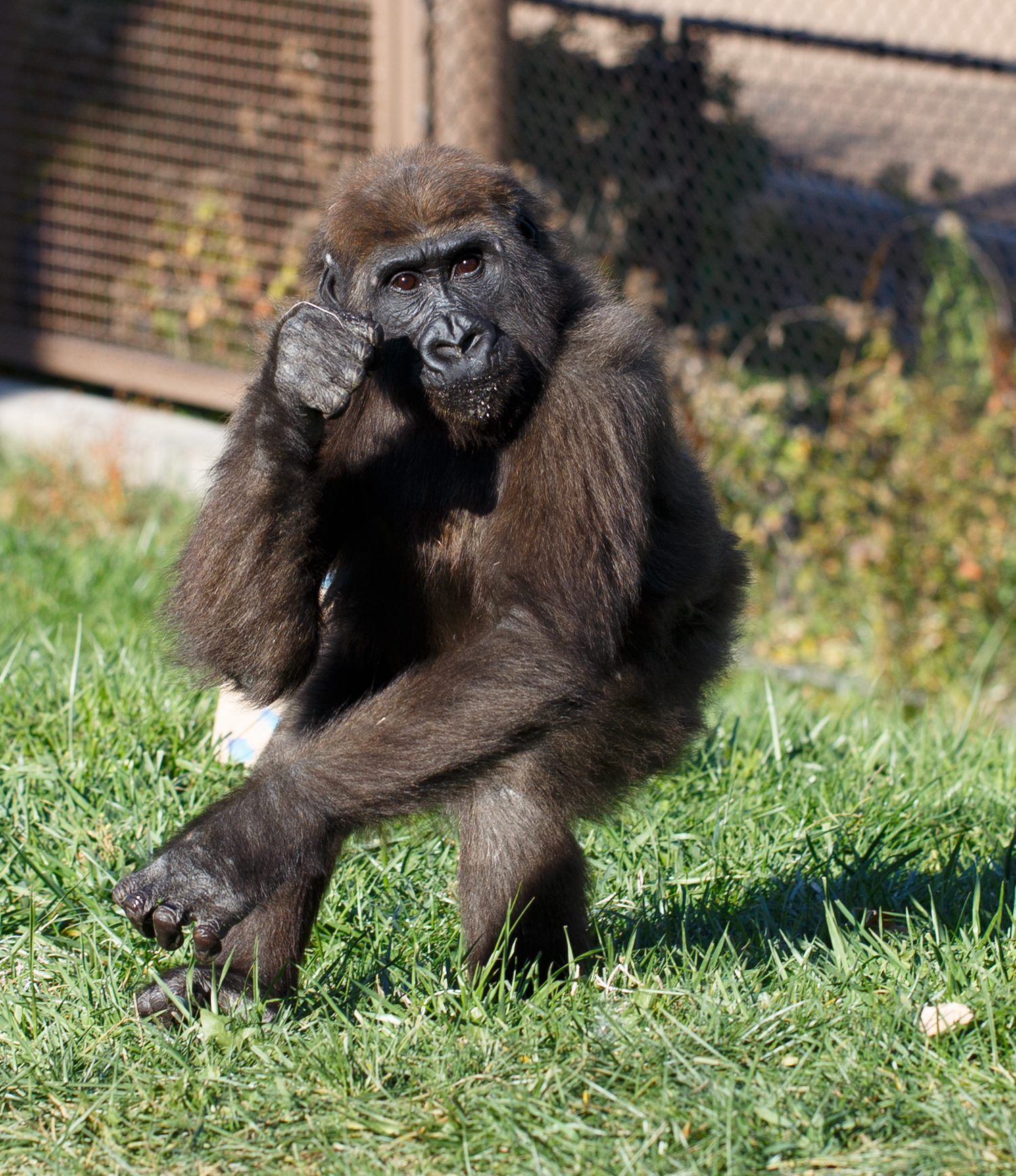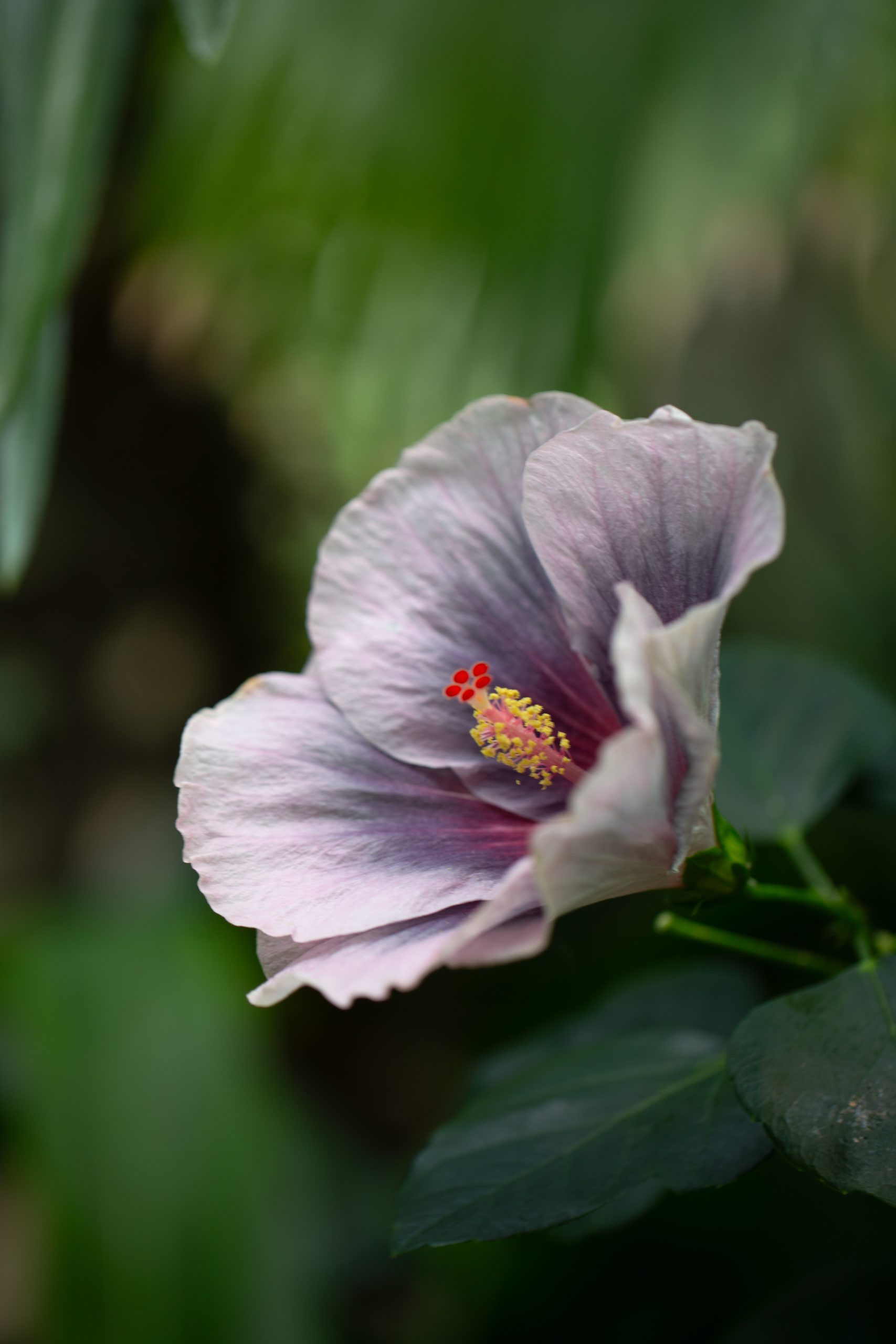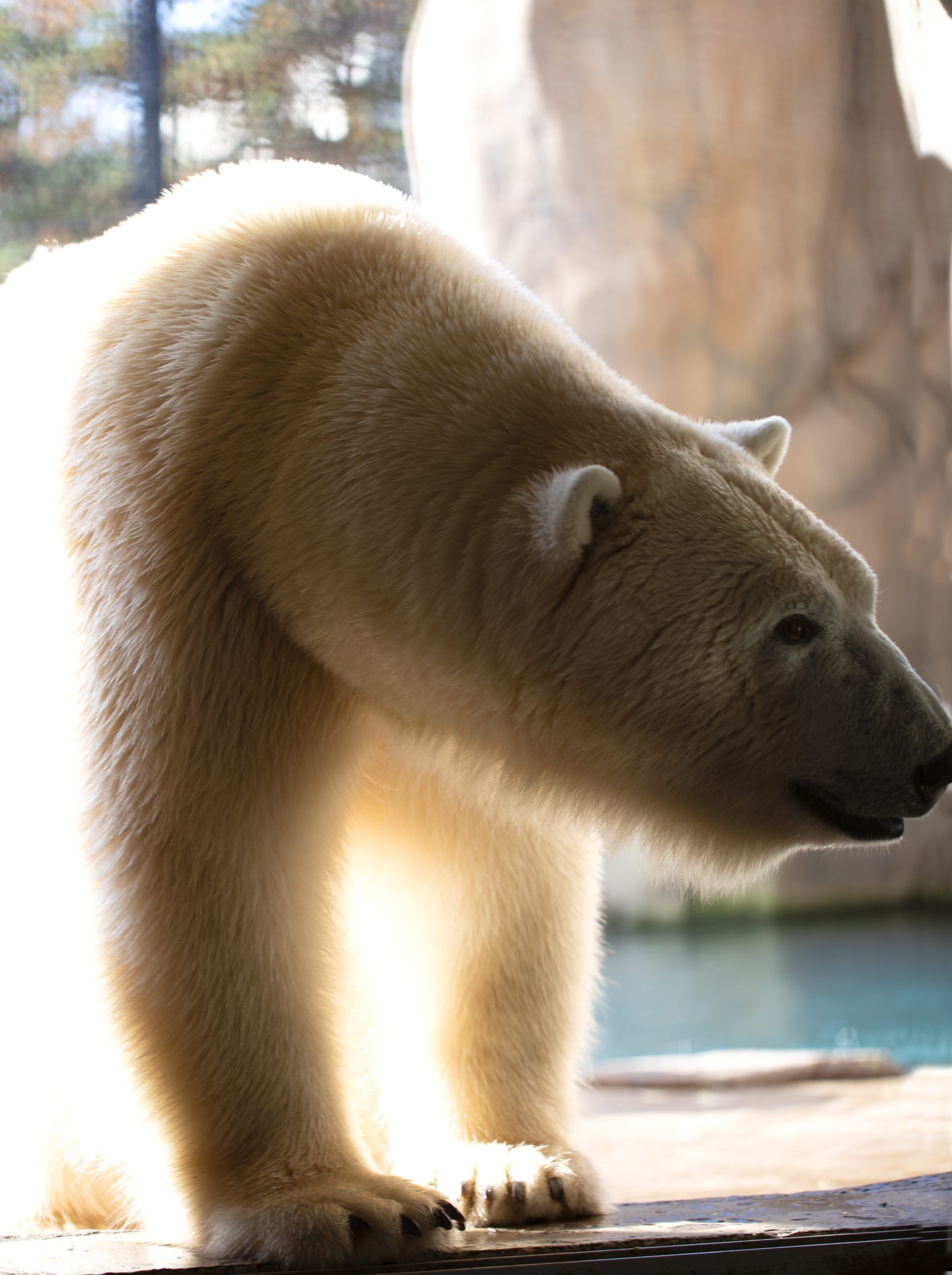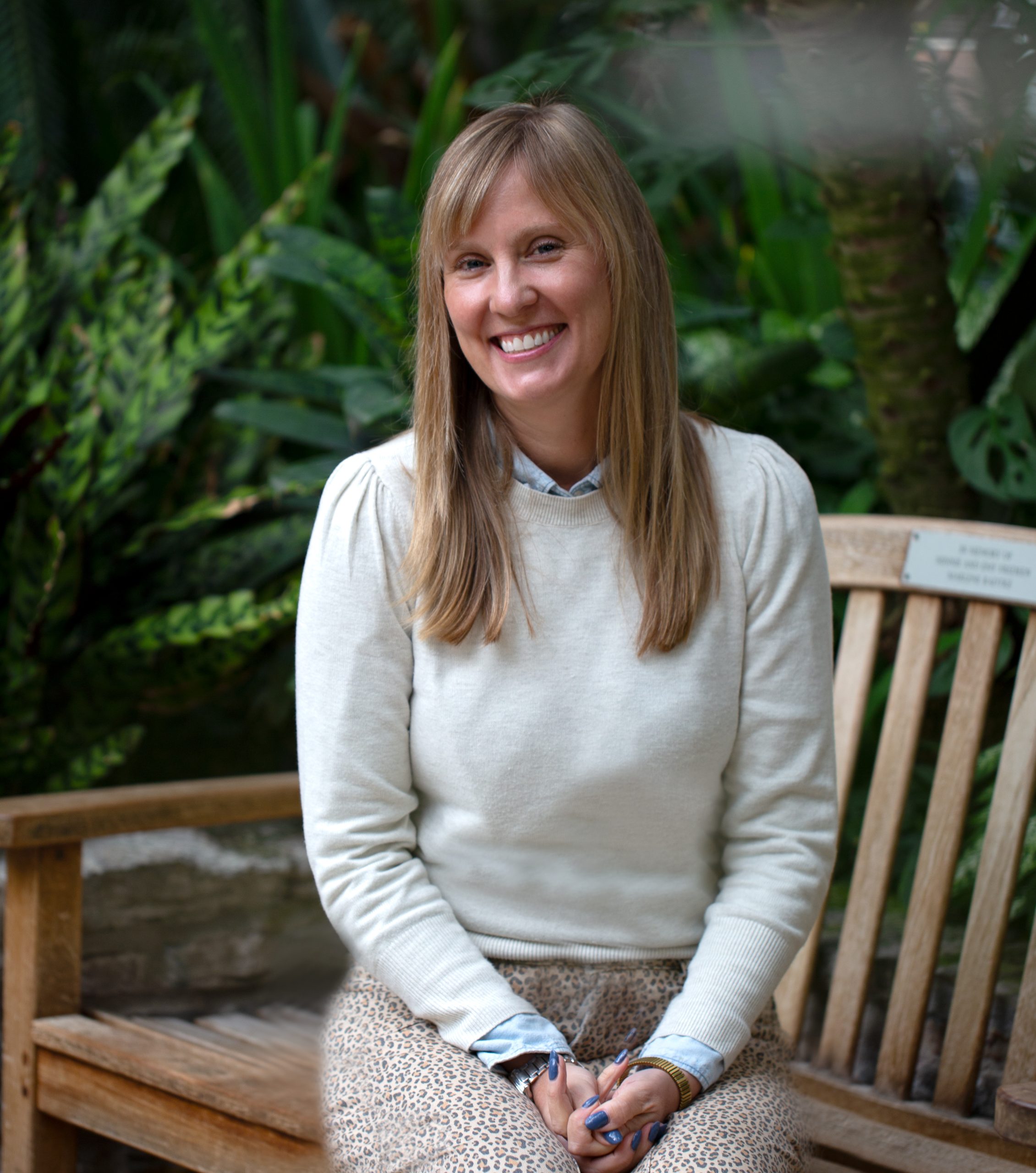
Deputy Parks Director Erica Prosser was filling in as Como’s interim director last summer when the city of St. Paul’s computer systems were hit by a disabling cyberattack. “Being new here, I immediately flashed on ‘Jurassic Park’ and imagined all the animals just wandering away,” she says. “The staff reassured me that can’t happen, thank goodness, but this is a job that comes with many surprises.”
Officially appointed to the campus director position in September, Prosser has made fast work of learning the ropes at Minnesota’s most visited cultural destination, overseeing everything from cross-country polar bear transfers to a comprehensive new strategic plan for conservation. Prosser recently sat down with Como Friends to talk about what it’s like to be responsible for Como Park Zoo & Conservatory, where more than 1,000 animals and nearly 2 million annual visitors cross paths every day.
You’ve worked in a variety of government roles, in the Minneapolis mayor’s office, the Minneapolis Fire Department, and you served on the Metropolitan Airports Commission. How did you find your way into the St. Paul parks, and why does this work excite you?
I would say that my personal mission in my work has been about promoting equity and ending systemic racism, and so one of the things I loved about the parks and my job as deputy director has been overseeing the Right Track program which has become a pipeline for career development opportunities for youth from cost-burdened households in St. Paul. Here at Como, we’ve created a new apprentice program that’s creating paid work opportunities in zookeeping and horticulture for young people who might not be able to afford taking on an unpaid internship. I’m really passionate about youth and workforce development, and the parks are a great place to support both. I also love that Como is free, because it helps us to serve such a diverse audience. Mayor Melvin Carter would often say that he wants this to be “Saint Paul for all,” and in the Parks and Recreation Department, we’ve been working hard to break down barriers to our programming. I’m constantly thinking about ways to reach new communities who might not be familiar with what Como offers.
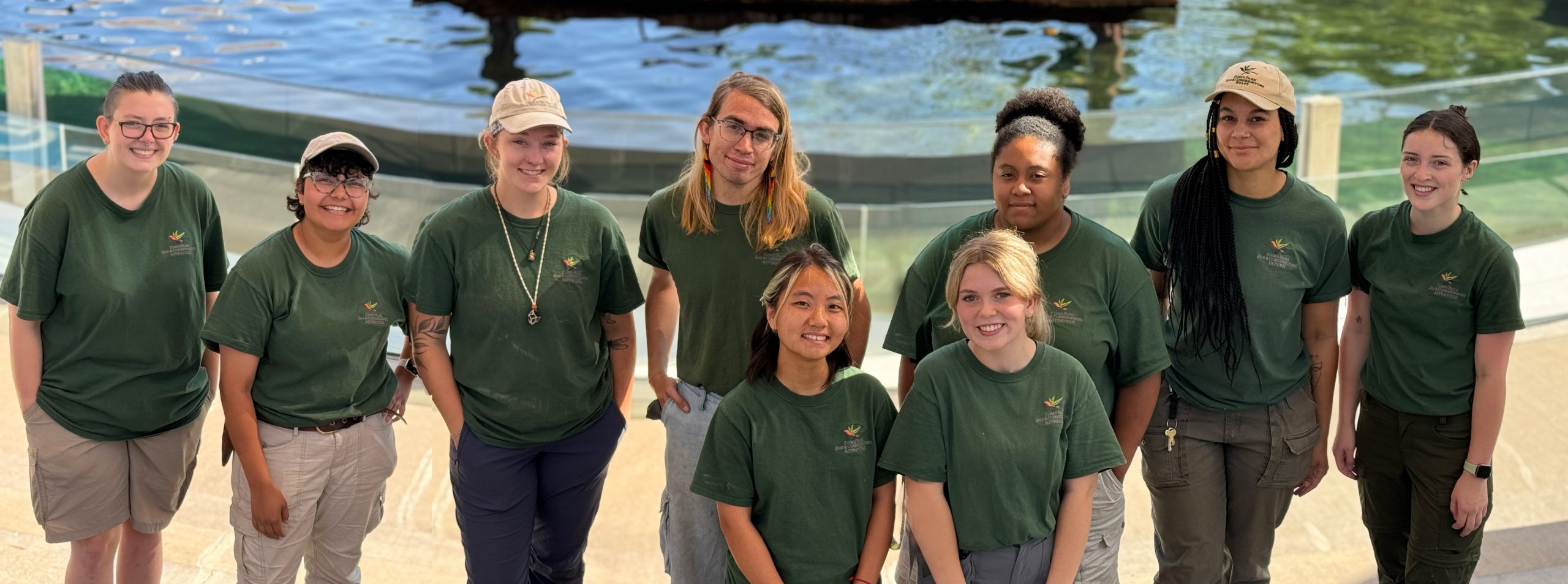
Did you come to Como as a kid?
I lived in Chicago until I was in sixth grade, so the Brookfield Zoo and Lincoln Park Zoo were my childhood zoos. I’m afraid it’s not a great story, but the first time I came to Como on a field trip, I cried the whole bus ride home because I was upset about the polar bear, doing that repetitive swimming. Of course, many years later, when I came back as a parent with my two kids, Como had become a completely different place with a state-of-the-art habitat in Polar Bear Odyssey, and exceptional keepers like Allison Jungheim, the polar bear studbook keeper, who is recognized as an expert in humane polar bear care. These major improvements have elevated animal care to such an extent that Como has become a valuable education destination, teaching the public about conservation, and now even helping to sustain vulnerable species like polar bears, and doing everything we can to help protect them in the future.
Your coworkers have noticed that you’ve been creating an impressive botanical collection in your office. Is the Marjorie McNeely Conservatory inspiring you?
Absolutely! I love looking into the greenhouses and seeing all of these growing things. One of the most memorable and meaningful things about Como is coming to the Conservatory with a family member who was suffering from severe depression. We made it a regular thing for a while, coming to visit all these green living things, feeling the humidity, and taking in all of the good smells in the Sunken Garden, in the Palm Dome. It became part of a healing journey, and that’s why the Conservatory has a very special place in my heart. I think it does for a lot of people.
What discoveries about Como have surprised you the most since you started this job?
Seeing people stand in line for hours when Frederick the corpse flower was blooming was a big surprise. It taught me that not only do our animals have personalities, but the plants have personalities, too—and fan clubs!
Another big learning experience for me was when Sago, a Hoffmann’s two-toed sloth, gave birth right on exhibit. That’s when I found out there’s no urine pregnancy test for sloths, so guests were the first ones to see it, record it, and post it so it went viral. We leaned into it because the whole thing was really cool, but a few weeks later, the baby died, and it was just heartbreaking. The circle of life is real in a zoo, and when an animal like Clover the giraffe dies, the impact is enormous. These animals are like longtime coworkers to our zookeepers, and they’ve often been caring for them even longer than their own children. These are huge losses.
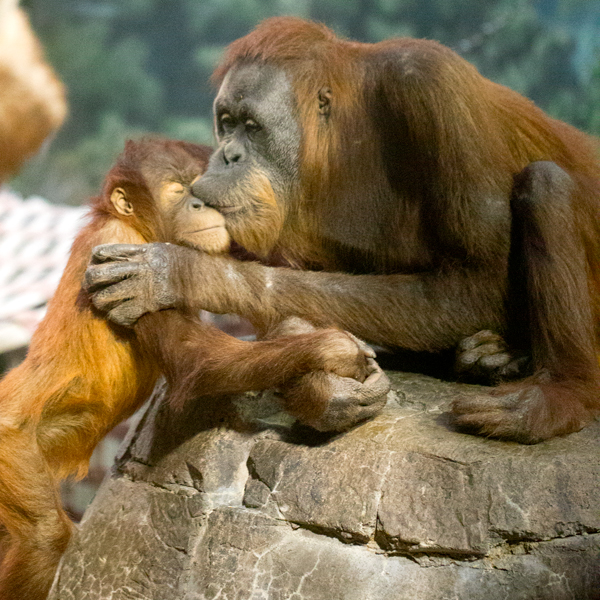
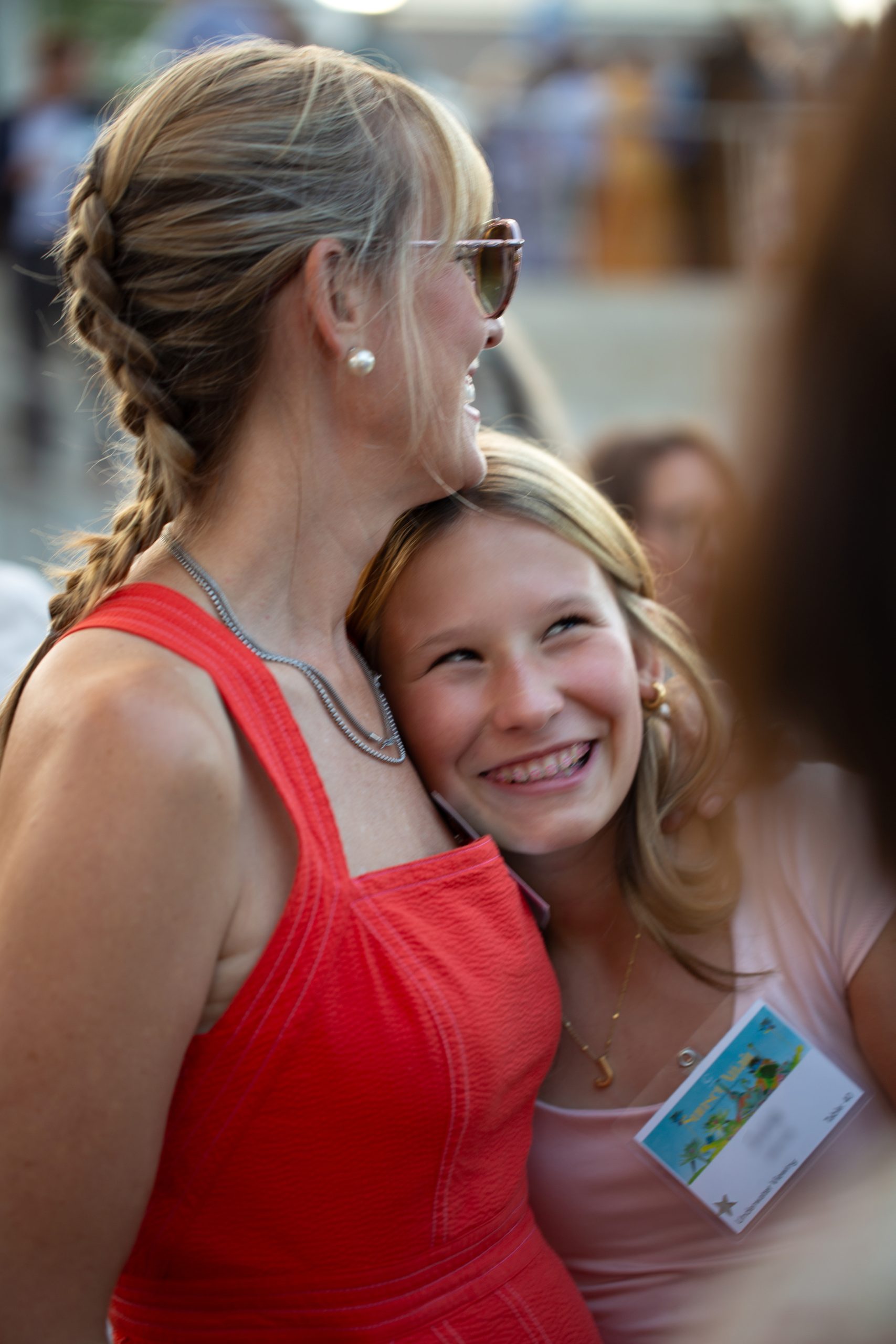
What are you looking forward to for Como?
Creating a new campus plan to guide improvements and programs for the future. Our infrastructure is aging while animal care standards are only increasing, so I’m really looking forward to imagining and designing what this place could look like and feel like in the future. I’m also really excited about working with Katie Hill, Como Friends’ new president, who also loves to brainstorm. With the work we’ve done creating the education strategic plan and the conservation strategic plan, it feels like we have all of the layers in place to do this work really well.
We know you’re a fan of Parks and Rec, and regularly get cast as Leslie Knope in the St. Paul Parks’ annual Halloween post. What do you have in common with her?
Saint Paul as a whole, and the Park and Rec Department in specific, is such a family. A large percentage of our workforce was born in Saint Paul, and still lives in Saint Paul, which creates this additional sense of responsibility for stewarding things as well as we can for this community. I love Leslie Knope, and like her, I feel like every day on this job is different, with new things to learn all the time. Do the orangutans have their flu shots? How many school buses just pulled in for field trips? Do we have room for a few hundred new carnivorous plants? Some days it can be a little crazy, but I guess that’s why it’s called a zoo.
